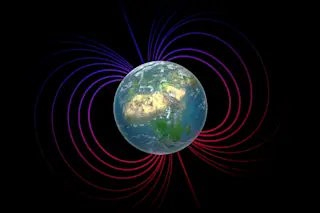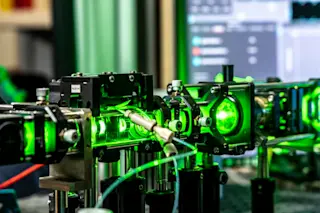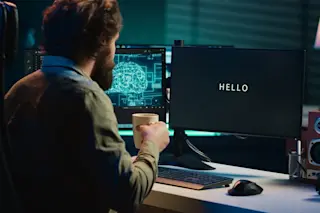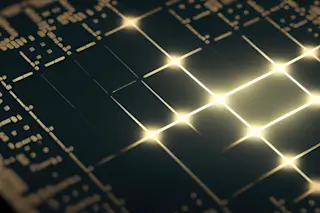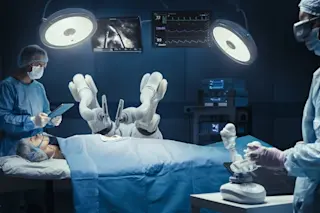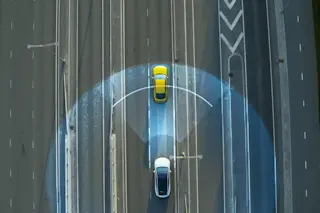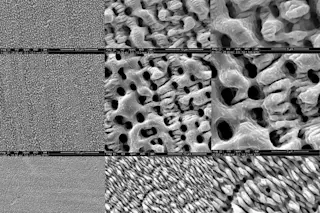The self-driving car was achieved--13 years ago. As part of the National Automated Highway Consortium, a team of engineers and scientists had a platoon of eight cars motor down a stretch Interstate-15 in San Diego, driver free and safe. So what happened? Computers are faster, cars are safer--but we're not seeing any self-driving cars, as envisioned in sci-fi from Knight Rider to Minority Report. "It was too expensive," said Mohan Trivedi, a University of California-San Diego professor who specializes in intelligent cars. The cars required highway lined with sensors and magnets to guide the cars, massively increasing the cost of building roads. So the project died. But not the dream of better cars. Trivedi chaired the IEEE Intelligent Vehicles Symposium last month, and he said science realized that maybe we don't want to cede control of our cars. "We have a connection with our vehicles we don't want to give up," he said. Instead, smart car research is focused on how cars can better assist their human drivers. There were some pretty cool concepts on display at the conference: * Directional sound. One UCSD team of grad students was playing with ways they could modulate the amplitude and frequency of sound from a set of high-end speakers to create a sense of where a sound is coming from. Cameras outside the car can detect objects on the road (like a car in the blind spot), and project sound at the driver so it sounds like it's coming from where the object is. I got to try it out. Using just a speaker in front of me (no surround sound!) they could simulate a haircut. I could hear the scissors move around my head. Other members of that same team were using the directional sound to project conversations between the front and back seats, and to make it so that different people in the car could listen to different entertainment without interference. * Autodimming windshield. A pair of high school students came up with this one. They found a material that increased its opacity when an electric charge ran through it. Using a camera to sense the location and brightness of the sun, they think they can devise a windshield that automatically dims when necessary. * Lane-changing assistance. Another team has devised a way for the car to recognize the lane on the highway and determine whether the driver intends to change lanes, or is just drifting. If the former, the system will assist with the lane change; if the latter, it will alert the driver to straighten out. OK, there was some advance in self-driving technology on display. Behold, from the minds at Stanford University's Volkswagen Automotive Innovation Laboratory, a car that can store a map of a parking garage and be sent off to park itself. It can be summoned back with just a cell phone call. Maybe KITT won't be deferred for too much longer.
The Car of the Future Is Looking More Gadgetmobile Than KITT
Explore how self-driving car technology has evolved, focusing on smart car research and innovative features like lane-changing assistance.
More on Discover
Stay Curious
SubscribeTo The Magazine
Save up to 40% off the cover price when you subscribe to Discover magazine.
Subscribe



